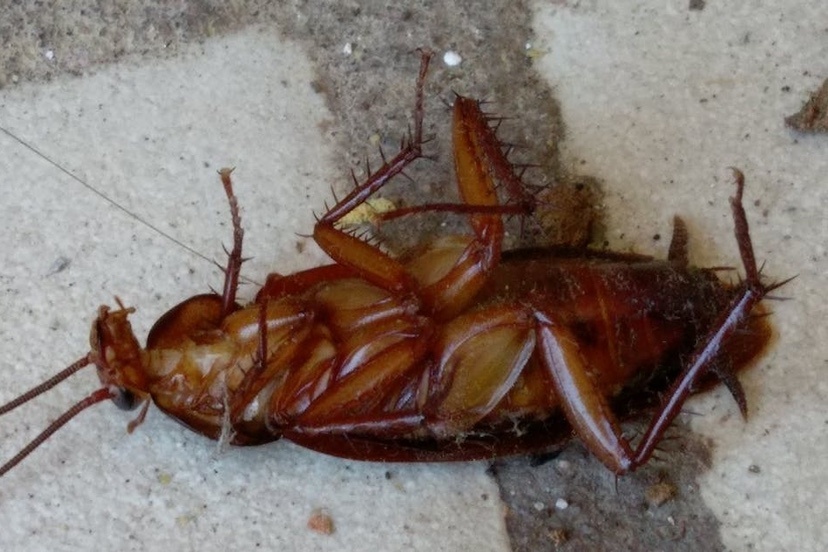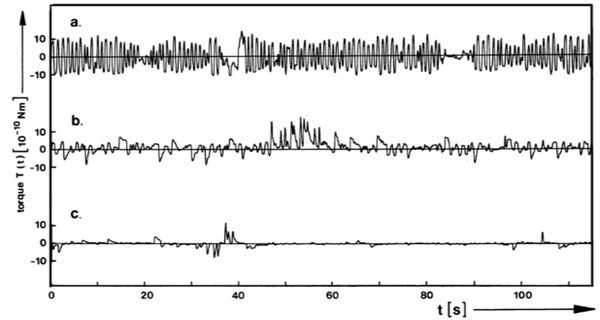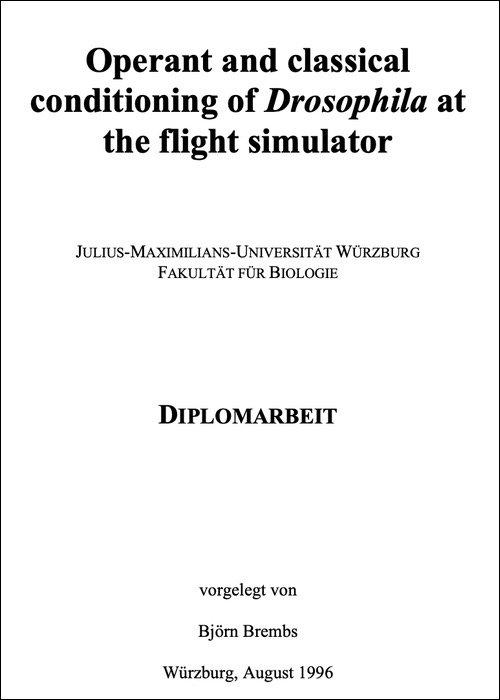Photo: A cockroach, taking a nap.
Such unpredictability is even enshrined in an aphorism known as the Harvard Law of Animal Behavior: “Under carefully controlled experimental circumstances, the animal behaves as it damned well pleases.”
— from an article, ‘Life with a Purpose’ by Phillip Ball, published on Aeon.co, November 13, 2020.
Phillip Ball is interested in biology, and especially in the idea that life forms are not simply genetically-programmed machines, but that we (plants, animals, even humans) have the ability to make willful decisions about where we are headed next. And that we — we, life forms — are often unpredictable. All too often, in some cases.
Mr. Ball defines this ability to act unpredictably as “agency” — “the ability of living entities to alter their environment (and themselves) with purpose to suit an agenda.”
Take cockroaches, for example. According to what Mr. Ball reveals about cockroaches, it seems that they run away when they detect air movements — moving in more or less the opposite direction to the airflow, but at a seemingly random angle.
And according to at least one biological study, “Fruit flies show some random variation in their turning movements when they fly, even in the absence of any stimulus…”
I had noticed these random variations, after numerous unsuccessful campaigns with a fly swatter, among the fruit flies that occasionally make appearances in my kitchen. I am not a biologist, however.
We note that these analytical revelations are not the result of ‘random’ observations on the part of our scientists. Biologists are quite purposeful in their research efforts, and actually paid handsome salaries to spend weeks, even months, tracking the turning movements of fruit flies, or blowing on cockroaches. In some cases, the research might involve gluing tiny radio transmitters onto the backs of their experimental subjects — fruit flies, for example, also known as Drosophila melanogaster — and then inserting them into a ‘flight simulator’ where the movements of the subjects can be scientifically tracked and recorded.
24-48h old female flies were immobilized by cold-anesthesia and glued with head and thorax to a triangle-shaped silver wire (diameter 0.05mm) the day before the experiment (Fig. 5). The animals were kept individually at 25°C and 60% humidity with a 16hr light/8hr dark regime in small vials and fed a saccharose-solution until the experiment.
The biologists then typically convert their observations into data tables and graphs…
…and finally, they compose lengthy reports which they hope to see published in glossy scientific journals… or perhaps, to serve as a thesis for a graduate degree.
Many biologists believe that fruit flies and cockroaches act randomly because, like all life forms, they evolved over millions of years to be ‘successful’. If a cockroach can successfully avoid the person’s foot by moving in a random, unpredictable pattern… then it will presumably live to reproduce, and its offspring will inherit the ability to act in the same self-preserving, random manner.
At least, that’s one theory, built firmly upon the idea that the clever cockroach will reproduce, and create more clever cockroaches.
The theory is less capable, however, of explaining other aspects observable in nature.
For example. How did millions of years of evolution produce a biologist who would spend weeks and months attaching tiny radio transmitters onto fruit flies? Or blowing on cockroaches?
Would such a biologist have the slightest chance of reproducing?



